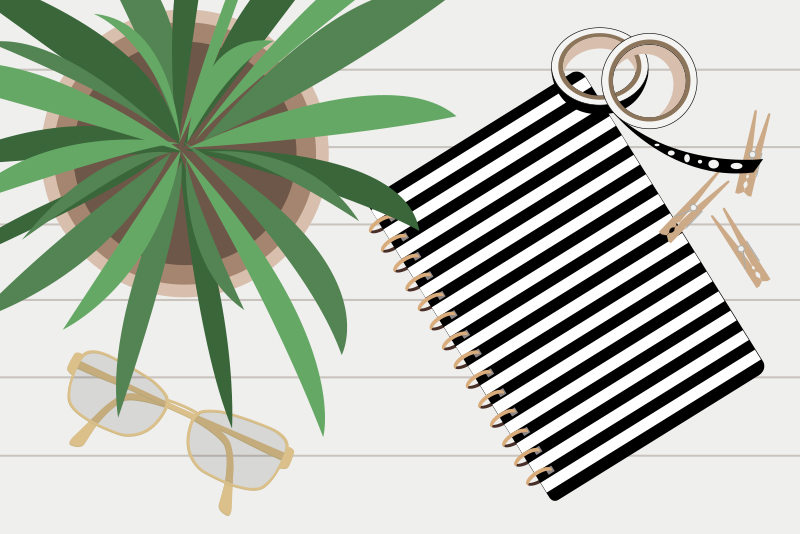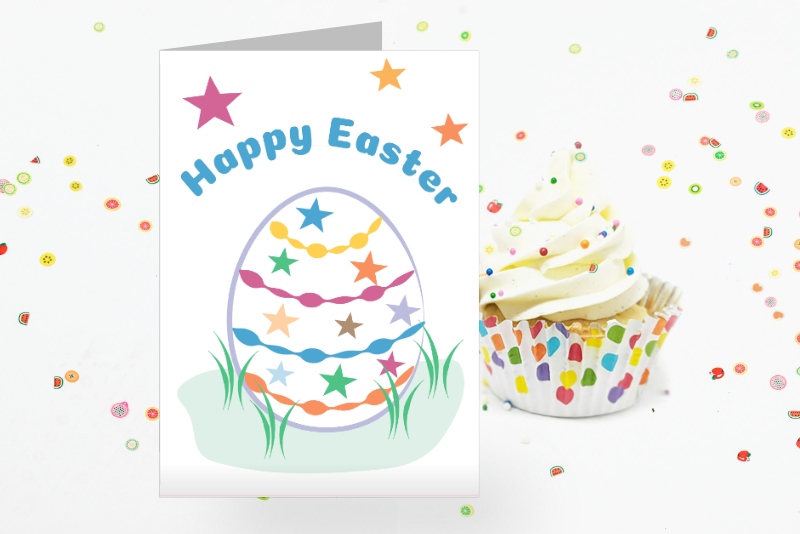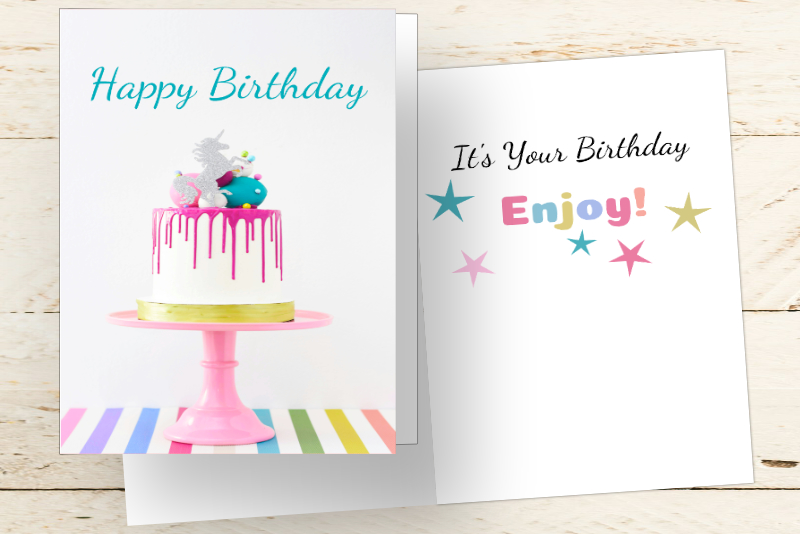Moodboards for Web Designers lynda.com

This video training from lynda.com entitled Moodboards for Web Designers is taught by Sue Jenkins. Although the title infers it is for web designers, this course is for anyone who would like to know more about moodboards.
Jenkins begins with a short introduction and showcase of moodboards. She discusses the ways to create moodboards and how they are useful in planning a project and communicating with your client. She also discusses the exercise files, especially the Moodboard Elements PDF checklist.
In the next section Jenkins discusses how moodboards are used in various ways throughout the creative industry and the design process. She also covers how to find the elements for your moodboard and copyright issues when including images that are not your own in your moodboard.
Next, Jenkins gives her viewers several examples of both traditional and digital moodboards. She covers how Pinterest®, Photoshop® and Illustrator® have become great resources for researching and creating moodboards. She discusses both the pros and cons of traditional paper/glue and pinboard moodboards. Next she discusses creating moodboards in Photoshop and Illustrator, as part of your own design process and for your client.
Now the fun begins, as Jenkins creates three sample moodboards. The first is a moodboard for a florist business and Jenkins uses the traditional paper/glue technique. For the next sample, a coffee company, she uses Photoshop to create a less formal moodboard to be used by the designer. She discusses how to brainstorm the project by making a list of keywords and collecting images. When collecting images, she gives a few tips for identifying each image's license and storing that information with the image.
Jenkin's third sample moodboard is a more formatted business Photoshop moodboard to be shown to the client. The project is a healthy eating app. Jenkins discusses her set up in Photoshop using guides to make a grid layout for the elements of the moodboard. She mentioned the elements that she usually includes, such as the designer's and client's logo and contact information, background colors, shapes, textures, photos and sample text. She also discusses a few tips to use when presenting your moodboard to your client.
In closing, Jenkins gives a quick course summary. She also suggests several other courses at lynda.com.
Sue Jenkins is an Adobe Certified Instructor, author of several books and director of Luckychair.com.
https://www.lynda.com/Web-Prototyping-tutorials/Moodboards-Web-Designers/383665-2.html
Disclosure: I was not financially compensated for this article. The opinions are completely my own based on my experience.
Jenkins begins with a short introduction and showcase of moodboards. She discusses the ways to create moodboards and how they are useful in planning a project and communicating with your client. She also discusses the exercise files, especially the Moodboard Elements PDF checklist.
In the next section Jenkins discusses how moodboards are used in various ways throughout the creative industry and the design process. She also covers how to find the elements for your moodboard and copyright issues when including images that are not your own in your moodboard.
Next, Jenkins gives her viewers several examples of both traditional and digital moodboards. She covers how Pinterest®, Photoshop® and Illustrator® have become great resources for researching and creating moodboards. She discusses both the pros and cons of traditional paper/glue and pinboard moodboards. Next she discusses creating moodboards in Photoshop and Illustrator, as part of your own design process and for your client.
Now the fun begins, as Jenkins creates three sample moodboards. The first is a moodboard for a florist business and Jenkins uses the traditional paper/glue technique. For the next sample, a coffee company, she uses Photoshop to create a less formal moodboard to be used by the designer. She discusses how to brainstorm the project by making a list of keywords and collecting images. When collecting images, she gives a few tips for identifying each image's license and storing that information with the image.
Jenkin's third sample moodboard is a more formatted business Photoshop moodboard to be shown to the client. The project is a healthy eating app. Jenkins discusses her set up in Photoshop using guides to make a grid layout for the elements of the moodboard. She mentioned the elements that she usually includes, such as the designer's and client's logo and contact information, background colors, shapes, textures, photos and sample text. She also discusses a few tips to use when presenting your moodboard to your client.
In closing, Jenkins gives a quick course summary. She also suggests several other courses at lynda.com.
Sue Jenkins is an Adobe Certified Instructor, author of several books and director of Luckychair.com.
https://www.lynda.com/Web-Prototyping-tutorials/Moodboards-Web-Designers/383665-2.html
Disclosure: I was not financially compensated for this article. The opinions are completely my own based on my experience.

Related Articles
Editor's Picks Articles
Top Ten Articles
Previous Features
Site Map
Content copyright © 2023 by Diane Cipollo. All rights reserved.
This content was written by Diane Cipollo. If you wish to use this content in any manner, you need written permission. Contact Diane Cipollo for details.







